Is there a better time of year?
Check back with me in late summer, when ripe tomatoes are coming on and the dahlias and zinnias are in full glory, but right now, spring in Oregon is biblical.
The oldest, most gnarly rhododendron in the yard puts out these delicate blooms each spring. There’s probably a heavy-handed metaphor in there that can be applied to gnarly old people, too. Not that I know of any, of course.
You can be angry about American politics full-time — I plead guilty to extended bouts of trump derangement syndrome — but there are better ways to spend your days. Watching the garden flowers unfold is an antidote to futile rage. Take two red rhodies and call me in the morning. But yes, about politics: Show up and speak up. Then vote the fools down and out in the November 2026 Congressional midterms.
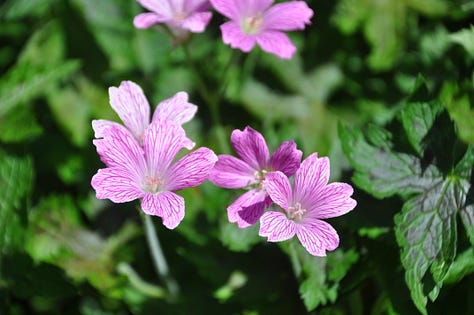
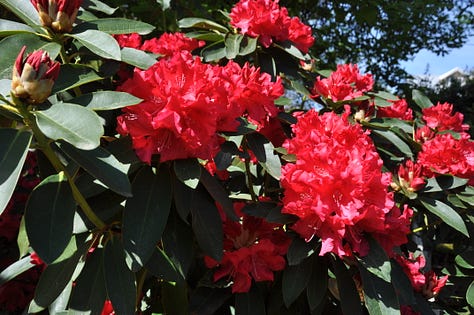
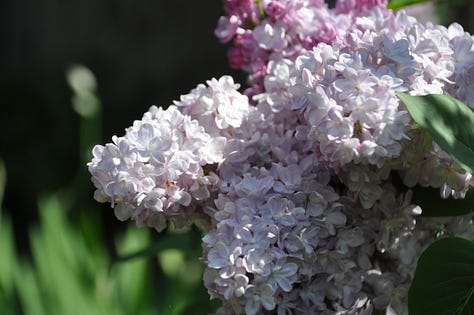
Gardenias, rhododendrons and lilacs in the yard. We have twin red rhodies standing guard at the front gate of the picket fence.
Reminds me of one of my favorite Willie Nelson songs, “Bearded Iris in the Rain.”
And it’s not just flowers that are taking off, outside.
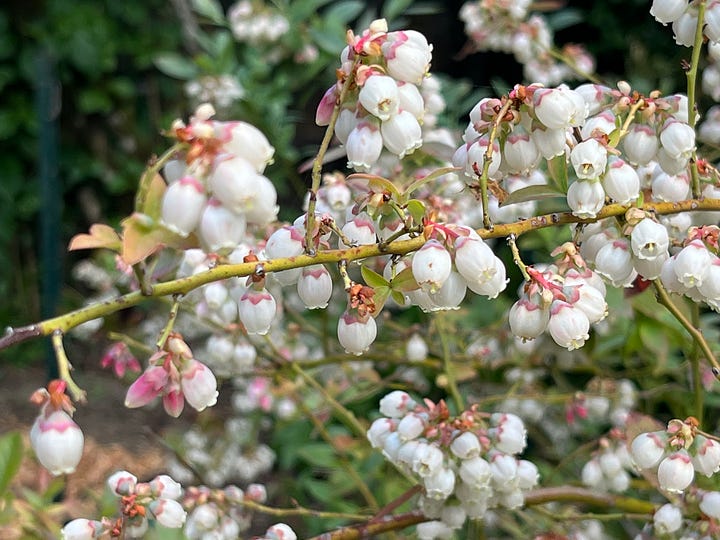
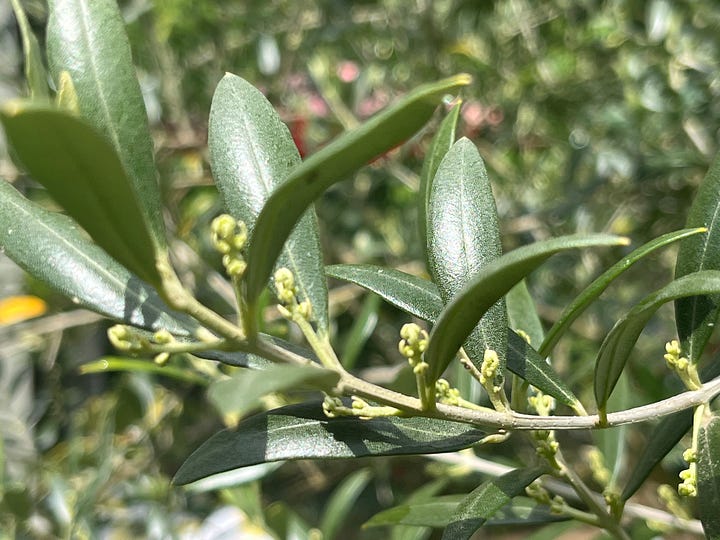
We have a couple small blueberry bushes in the back. They were supposedly just ornamental, but over the years have begun to produce some fine berries each summer. They’re smaller than commercial berries, but very tasty. The little buds on the right are olives. We bought this olive tree maybe 10-12 years ago and I’ve had to move it three times, but it now appears very happy where it’s planted and at long last has begun to produce small but very edible olives. Last year I got about three dozen and brined them in the fridge for two weeks (10 parts water to one part salt). Such a treat. Looks like we could get many more this year.
But the yard lore that has taken hold of me the past few days involves our ancient, tilting, split-open tamarisk tree in the front yard. The one with blooms that look like pink bottle brushes.

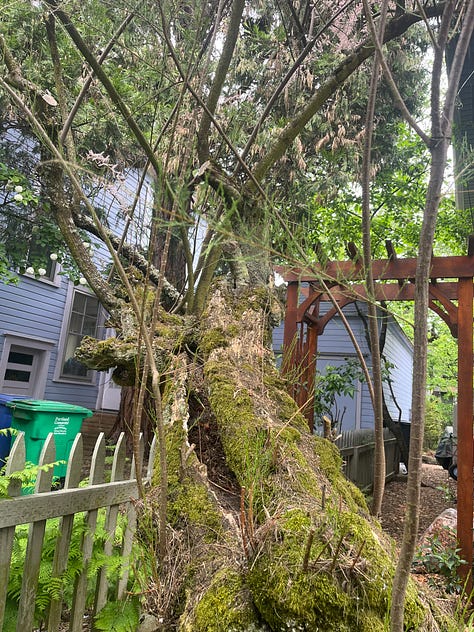
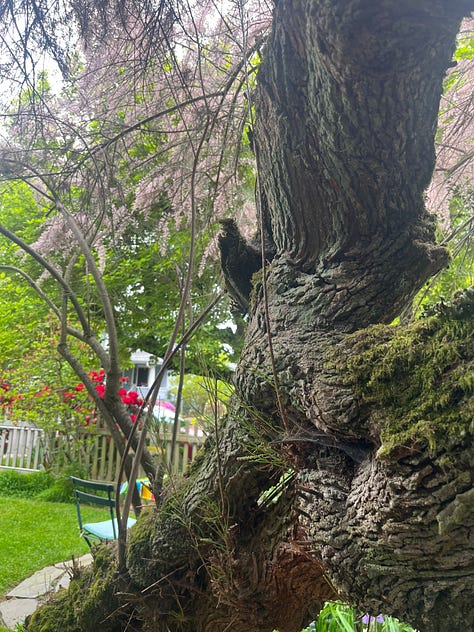
I don’t know how old the tamarisk is, but the house was built in 1909 and I’m guessing the tree has been around for a good chunk of that time. Tamarisks are a Middle Eastern tree but have offshoots that grow elsewhere; they’re sometimes called salt cedars in the U.S., apparently.
I’ve always liked the old tree, and marveled that it stayed relatively upright and alive. Passersby remark on it every spring, and ask what it is. I had to look it up every year, but from now on I’ll remember it.
When I looked it up online this year, I ventured down a Google rabbit hole and learned that the tamarisk is downright biblical.
It’s right there in Genesis. You’ve got your bible with you, right? Not holding it upside down like trump?
Genesis 21:33 says, “Abraham planted a tamarisk tree in Beersheba, and there he called on the name of the Lord, the Eternal God.”
Abraham, as you probably know, is a patriarch held in common by Judaism, Islam and Christianity. In accounts that I read, he had concluded a truce with a neighboring king that gave Abraham’s people ownership of a well. The location was in the Promised Land, and Abraham planted the tree there to proclaim God’s faithfulness in keeping his covenant and delivering that land to Abraham and his descendants.
These days, I’m more concerned about keeping a covenant not to let the tamarisk collapse into my neighbor’s driveway. I think I’ll rig some poles underneath to prop it up.
But it’s a fine story for a fine spring in Oregon.





Your flowers give joy. We need more of that.
Rhodies, irises, and lilacs--SO beautiful this time of year. But the olive!? Do you have to bring it inside during cold spells, or is it planted in soil and has survived that many winters? I'm intrigued.